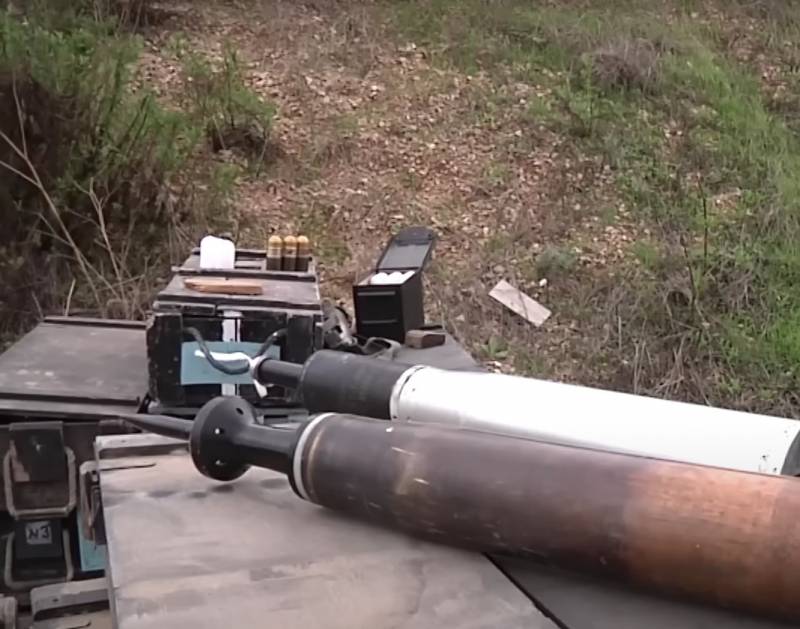Banal reason: How depleted uranium shells appeared

After London's declarations of intent, together with tanks to transfer depleted uranium shells to Kyiv, these munitions have become the main topic of discussion in the expert community.
Armor-piercing feathered sub-caliber projectiles, the flight part of which is made of depleted uranium, have an increased penetrating ability due to the density of the material. However, the technology itself is far from new.
The thing is that until the beginning of the 70s of the last century, similar ammunition was used in the United States, but with a tungsten flight part. The density of this metal is 19,25 g per cubic centimeter, which is almost twice that of steel and 63% that of lead.
Meanwhile, by the end of the 70s, tungsten shells began to be replaced by depleted uranium ammunition. The reason is banal - after the dollar was decoupled from the gold standard and the oil ultimatum from Saudi Arabia, tungsten prices soared almost 4 times.
At the same time, depleted uranium, which has a density of 19,05 g per cubic centimeter, was in abundance in the United States and cost a penny, as it was a waste in the uranium enrichment process.
Tellingly, despite the density inferior to tungsten, depleted uranium rods showed very impressive results in tests.
In addition, the developers of the ammunition discovered two nuances that made this material even more preferable.
First, the uranium rod, unlike the tungsten rod, does not collapse when it hits the target, which allows it to penetrate thicker armor.
Secondly, at speeds above 1300 m/s, the uranium flight part of the projectile spontaneously ignites (pyrophoricity) upon contact with armor, which provides an additional damaging effect.
In fairness, it should be noted that the tungsten rod also has this property. But in this case, it manifests itself at a speed of 2800 m/s.
Information